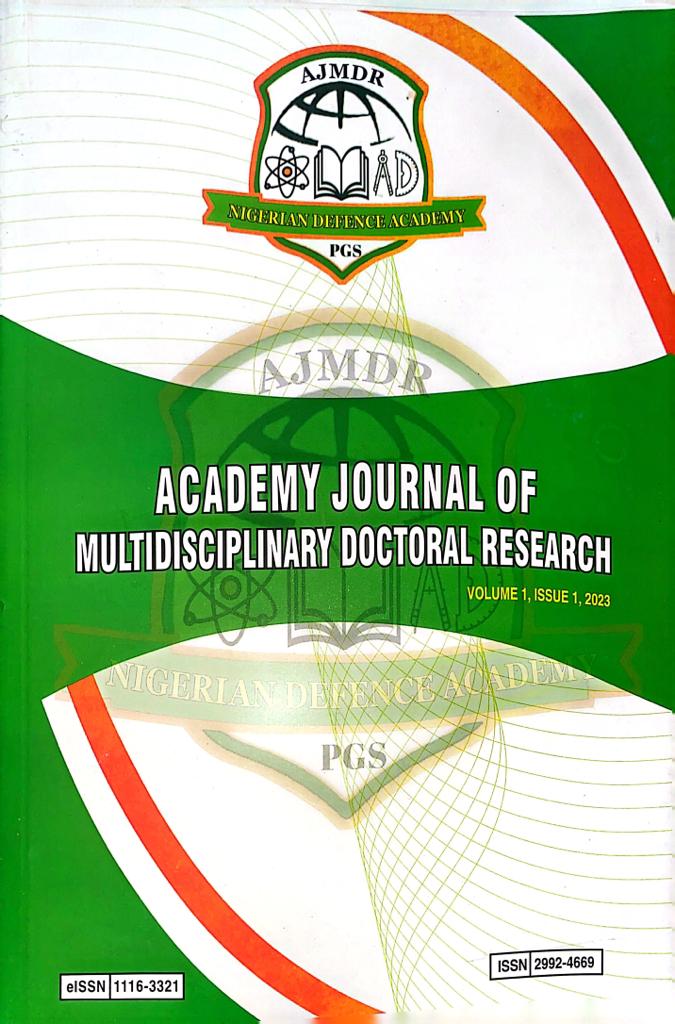Assessment of the Essential Oil and Antibacterial Activities of the Seeds of Psophorcapus tetragonolobus “Winged Bean Seeds”
Keywords:
Seed Oil, Bacteria, Antibacterial activity, Antibiotic, Zone of Inhibition, Soxhlet extraction, TLC analysis, GC-MS Analysis, FTIR AnalysisAbstract
Bacteria are a major causative agent for different types of diseases. Therefore, it is necessary to get rid of these bacteria using naturally derived products. In order to find a better natural product as a remedy to combat bacteria, this research investigated the application of essential oil extracted from P. tetragonolobus seed through soxhlet extraction process. The yield of oil obtained from 100 g of the pulverized sample was 3 g. Subsequently the antimicrobial activity of the winged bean seed oil was assessed. The in vitro analysis was done against (Escherichia coli, Pseudomonas aeruginosa, Staphylococus aureus and Salmonella typhi) using standardized procedures. Results demonstrated notable zones of inhibition, which indicates significant antimicrobial efficacy. Pseudomonas aeruginosa strain was the most susceptible to the oil extract's antibacterial activity, which was surpassed by Salmonella typhi, Escherichia coli, and Staphylococcus aureus. The control, ciprofloxacin, had a zone of inhibition of 60mm, thereby, demonstrating a notable level of activity. However, the extract's zones of inhibition had diameters of 40, 29, and 35 mm, placing Pseudomonas aeruginosa in the sensitive organism category. All of these results that extract from the seed oil of this plant can be used as an antibiotic in the treatment of various ailments, according to claim by the local herbal medical practitioners. The GC-MS analysis of the oil extract also reveals the presence of some phytocompounds including Benzenedicarboxylic acid, bis (2-ethyhexyl) ester, Gamma-sitosterol, Octacosanol, Octadienoic acid, Gamma-tocopherol and others.
Downloads
Published
Issue
Section
License

This work is licensed under a Creative Commons Attribution 4.0 International License.
This is an open-access journal which means that all content is freely available without charge to the user or his/her institution. Users are allowed to read, download, copy, distribute, print, search, or link to the full texts of the articles, or use them for any other lawful purpose, without asking prior permission from the publisher or the author.
The Authors own the copyright of the articles.





